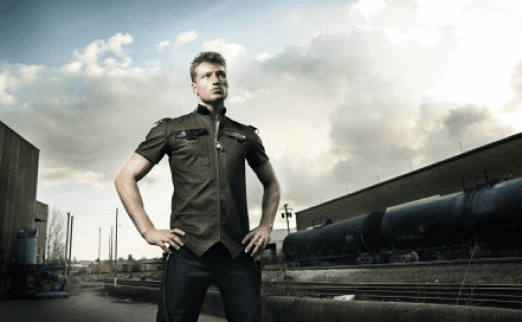Research Publication
This page contains recent topical research information that is helpful in proving the validity of cryogenics through a discussion of various potential applications. We will post links to new information as it becomes available and we receive permission from the publisher to link to their documents.

Patent Information
We were issued a patent for cryogenically processing gun barrels (US Patent #5,865,913) and you may visit this link for more information.
Useful Research & Case Studies (About Cryogenic Tempering and Cryogenic Processing)
The Influence of Cryogenic Treatment on the Dimensional Stability of En 353 Gear Steel
Case carburized steel (En 353) when cryogenically treated showed tremendous improvement in wear resistance. This is due to the microstructural changes such as conversion of retained austenite to martensite and precipitation of fine alloying carbides.
Deep Cryogenic Treatment Improves Wear Resistance of En 31 Steel
Cryogenic treatment is an inexpensive supplementary process to conventional heat treatment, which improves the tribological properties of steels. A study has been made on the effect of cryogenic treatment on En 31 steels done at different stages of heat treatment. It is observed that through cryogenic treatment the wear can be decreased by a maximum of 75% depending on the service conditions.
Enhancing the Wear Resistance of Case Carburized En 353 Steel by Cryogenic Treatment
Cryogenic treatment has been used to improve the wear resistance of materials because it enhances the transformation of austenite (soft phase of iron) to martensite (hard phase of iron). It is a one-time permanent process and it affects the entire cross-section of the material usually done at the end of conventional heat treatment process but before tempering.
The Effect of Cryogenic Treatment on Distribution of Residual Stress in Case Carburized En 353 Steel
The effect of cryogenic treatment on the distribution of the residual stress in case carburized steel (En 353) was studied using X-Ray diffraction techniques. X-Ray diffraction consistently shows a significant reduction in hoop tensile and compressive stresses as a result of deep cryogenic processing. Two types of cryogenic treatment: shallow cryogenic treatment (193 K) and deep cryogenic treatment (77 K) were adopted as a supplement to conventional heat treatment in these studies.
The Effect of Cryogenic Treatment on Tensile Behavior of Case Carburized Steel 815M17
The crown wheel and pinion represent the most highly stressed parts of a heavy vehicle; these are typically made of 815M17 steel. The modern processes employed to transform these items into highly durable components include both cryogenic treatment and conventional heat treatment. These processes help to convert retained austenite into martensite and promote carbide precipitation. Furthermore, Cryogenic Processing increases resistance to cycle fatigue and abrasive wear, with no significant impact on tensile strength of the steel.
Failure Investigation of Crown Wheel and Pinion
The crown wheel and pinion are critical components in the transmission system of an automobile. Failure of these components takes vehicles off the road, where fleets need them, and leads to increased downtime for repairs. In high-performance racing applications, failure of these simple parts results in unnecessary downtime, ultimately causing racers to lose their chances of coming in at first place.The crown wheel and pinion are critical components in the transmission system of an automobile. Failure of these components takes vehicles off the road, where fleets need them, and leads to increased downtime for repairs. In high-performance racing applications, failure of these simple parts results in unnecessary downtime, ultimately causing racers to lose their chances of coming in at first place.